Village of the Week: Reeth is a Yorkshire Dales hill village with a fine history
The villages of the Yorkshire Dales may appear to have the same assets but they are all different and all have their own histories and back stories.
It is almost impossible to put into words the vastness of the Yorkshire Dales countryside.
Advertisement
Hide AdAdvertisement
Hide AdBut at any one time, you might get there with breath-taking, wild, bleak, peaceful, alluring, alive.
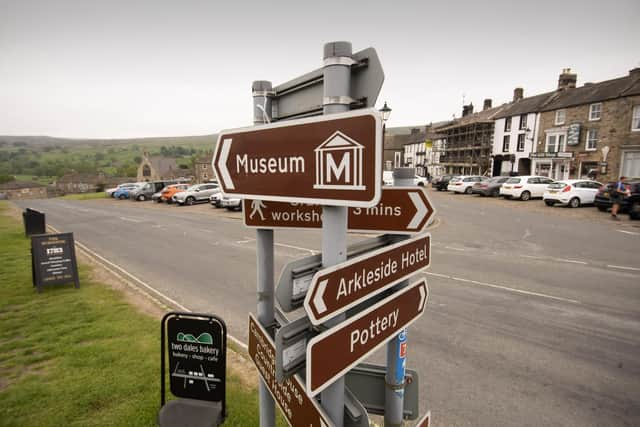

However, the village of Reeth is all of the above.
It is also the main village in Swaledale, which is the most northern dale within the Yorkshire Dales National Park.
There are about 724 people living here and far from what you may believe is a sleepy backwater - Reeth is far from that.
With three pubs, a campsite, primary school, village shop, bakeries, a cafe, guest houses and hotels, village hall and a church - that is just a normal day in life of this village which is on Wainwright’s Coast to Coast route and is overlooked by the fells of Harkerside Moor, Fremington Edge and Calver Hill.
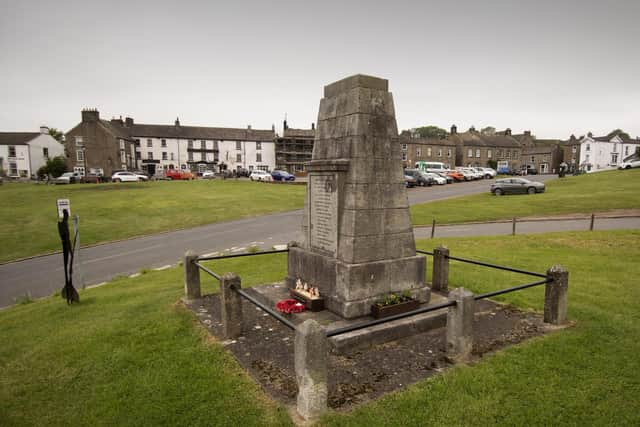

Advertisement
Hide AdAdvertisement
Hide AdVillage life, as we may recognise, really started in the 18th and 19th centuries when lead mining in the area took off and prompted Reeth to expand to the size it is now.
Prior to that, Reeth, of which the origin of the village name is not known for definite, is said to have been a settlement in Saxon Times - so a 500 year period before the Domesday Book of 1086 - but by the time that manuscript was made, Reeth was considered significant enough to be included.
Then though, it wasn’t the most important area of Swaledale.
The Yorkshire Dales National Park Authority says that that was Grinton, just to the south.
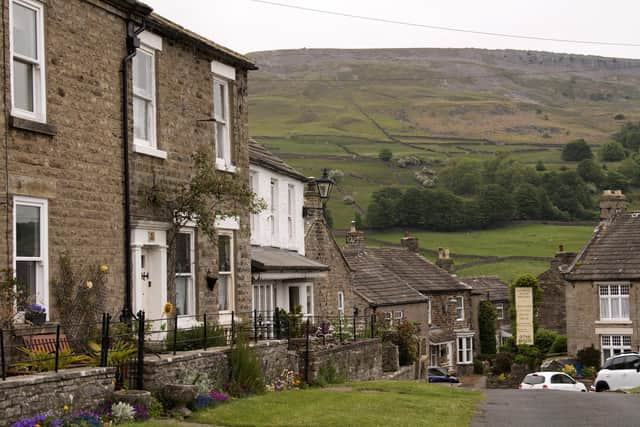

Advertisement
Hide AdAdvertisement
Hide AdFor hundreds of years, it had the only church and Christian burial ground in upper Swaledale. Locals might still be heard of referring to Corpse Ways. These were routes taken by people carrying coffins down the valley to Grinton for burial on a journey that sometimes took several days.
It was lead mining that would shape the future for Reeth several hundred years ago - and the remnants of it can still be seen today.
The geology of upland areas of Britain - where the movement of fault lines causes limestone beds to crack - creates deposits of lead ore. The mineral has been mined since Roman times, when it was even sent back to Rome and used in building projects.
In later centuries, the large monasteries and abbeys that owned vast tracts of the Dales controlled mineral rights, and lead was exported to Europe. Individuals were given these holdings once the monastic houses were dissolved by King Henry VIII.
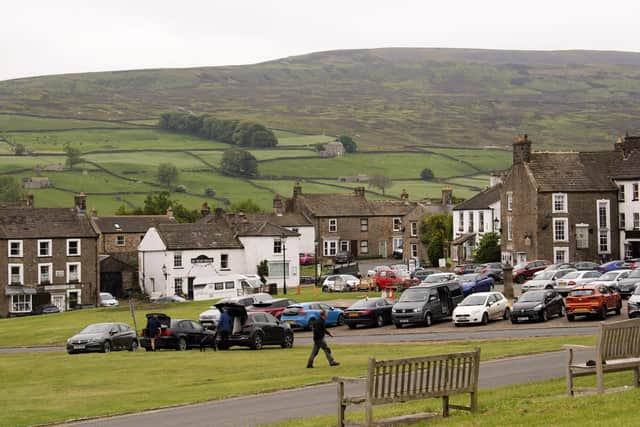

Advertisement
Hide AdAdvertisement
Hide AdBy the 18th century, Britain was the biggest lead producer in the world, and the business of selling it in the Dales was at its height. Most of the labour was manual and miners bargained with landowners for access to the lead ore deposits.
The end of the industry came at the start of the 20th century, when foreign competition began to undercut prices. The last lead mine in the Dales closed in 1912, but many of the buildings and workings, such as peat houses, smelting mills and stores, still remain.
One of them is the Old Gang smelting mill near Reeth in Swaledale, which was built in 1790 and was in use until 1899. The Old Gang Company also had a mine shop beside Gunnerside Beck, the remains of which are still visible.
The mill was named after the nearby Old Gang beck, and is surprisingly well-preserved - the chimney is still completely intact. Rusting machinery can still be seen.
Advertisement
Hide AdAdvertisement
Hide AdSwaledale Museum tells more of the story and collects objects and archives from Swaledale and Arkengarthdale that are mainly connected to the mining and the culture and community.
They range from shoes, to fossils, tools, glass bottles and even a toy train.
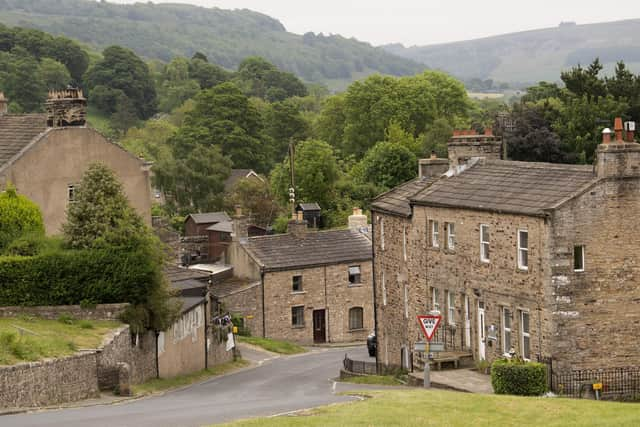

The museum was started after the building was bought from the Methodist Church in 1974 and was Swaledale Folk Museum. It is manned by volunteers but the collection has just been moved to the Keld Resource Centre.
Local history enthusiast, Will Swales, has researched the areas of Reeth and the surrounding dale. Largely because of his surname and the former newspaper reporter lives in York.
Advertisement
Hide AdAdvertisement
Hide AdHis work and research has culminated in a detailed account of ancient dykes, rivers, folklore ab and the legalities of common rights over the moors.
He also features a rather fascinating snapshot of life in Reeth in 1840.
It has been derived from notes by William White which reveal that in 1840, Reeth had 1,456 inhabitants, 5,491 acres of land, including the hamlets of Fremington and Healaugh, many scattered houses and about 2,000 acres of open moors.
Reeth market was held every Friday, and the cattle fairs were on the first Friday in May and November 3.
Advertisement
Hide AdAdvertisement
Hide AdFairs for “merchandise”were on the Fridays before Palm Sunday, Old May-day, July 6, September 5, November 23 and December 21.
I wonder why those dates specifically?
For an relatively small village, back then the list of businesses and trades was strong.
There were six inns and taverns, three academics, two blacksmiths and nine boot and shoe-makers – of which five were of the surname, Peacock.
In addition there were seven butchers, two by the name of Alderson and two of Hird.
Advertisement
Hide AdAdvertisement
Hide AdSix drapers and four cloggers, two saddlers, eight shopkeepers, six stone-masons, two surgeons, two tailors, seven joiners, three grocers and 18 farmers.
The surnames Blenkiron and Peacock again feature heavily on the list and I wonder if descendants still live in the area.
